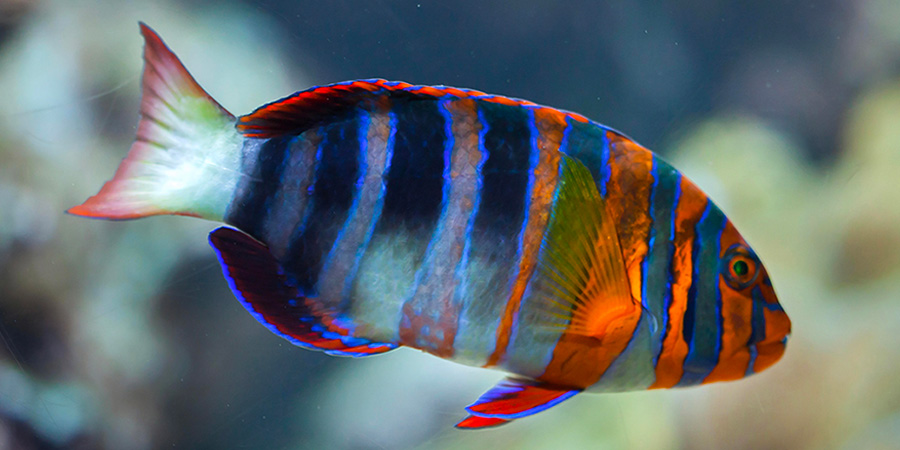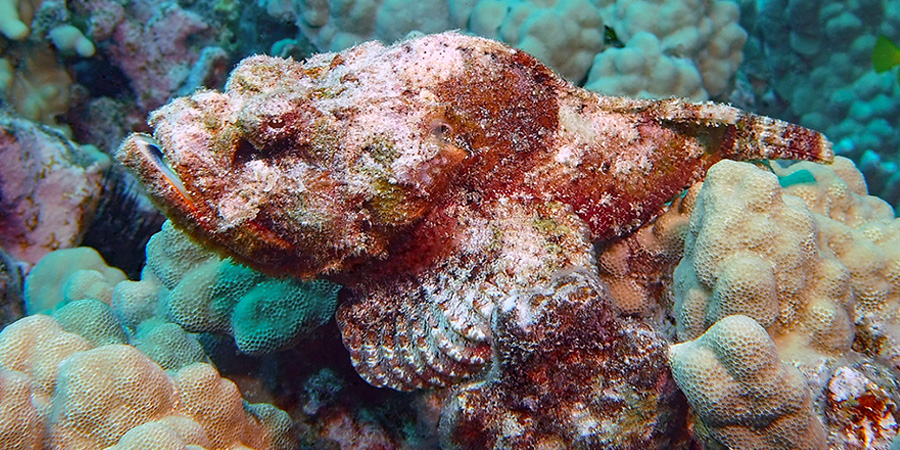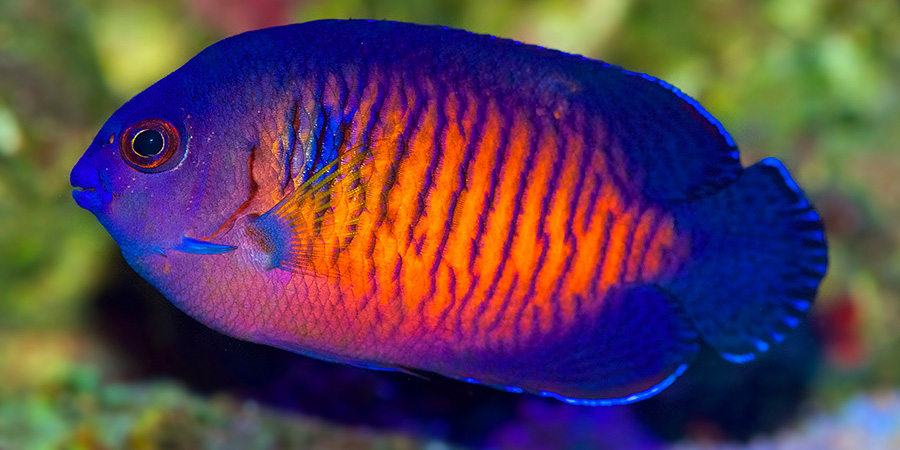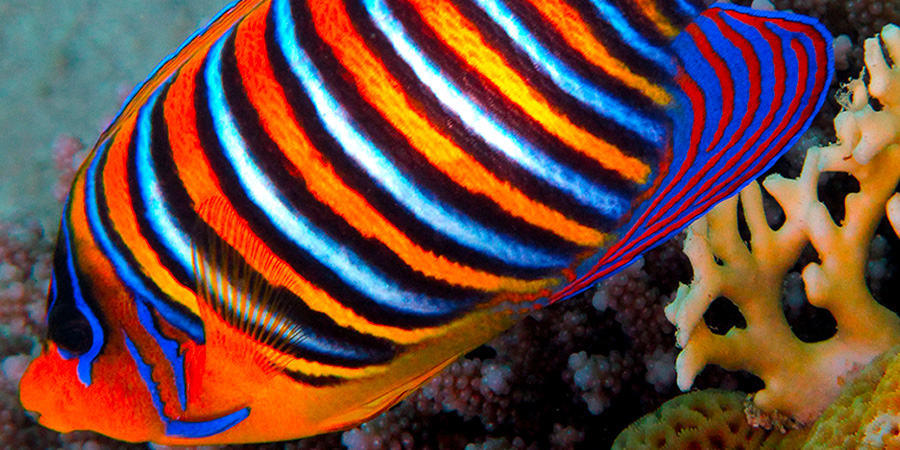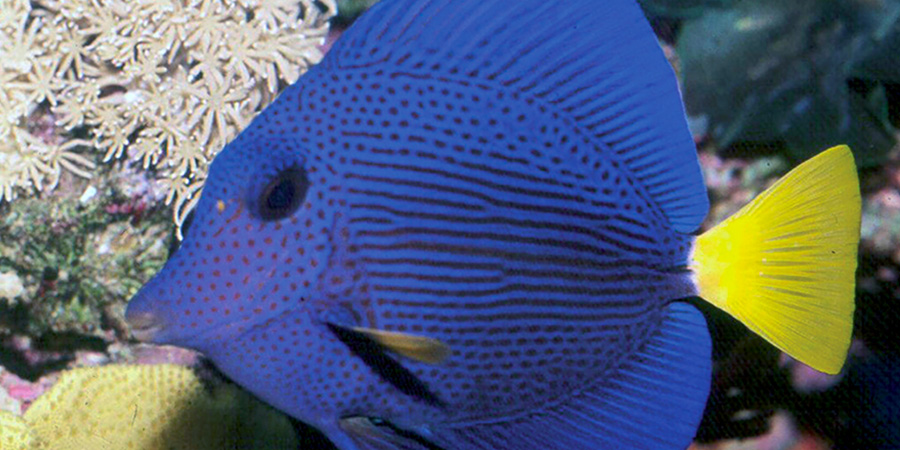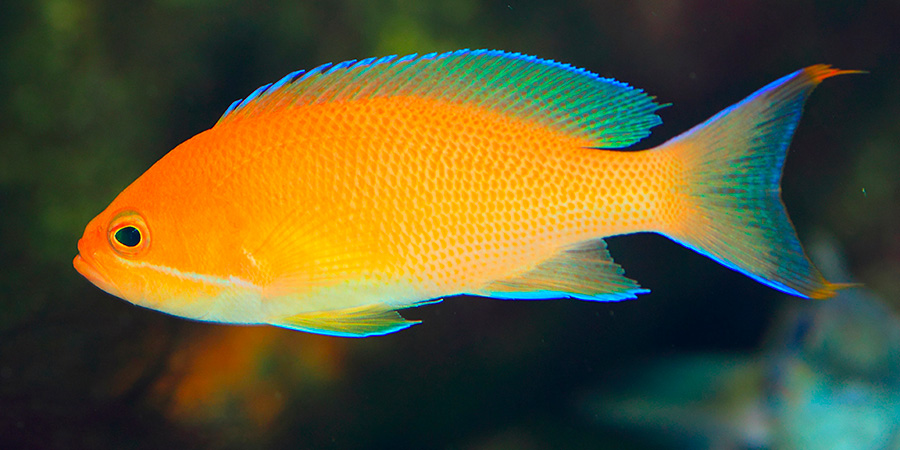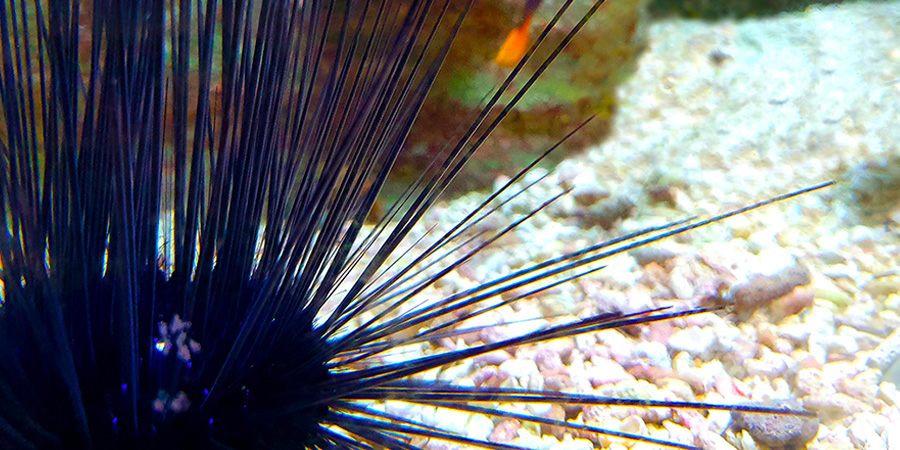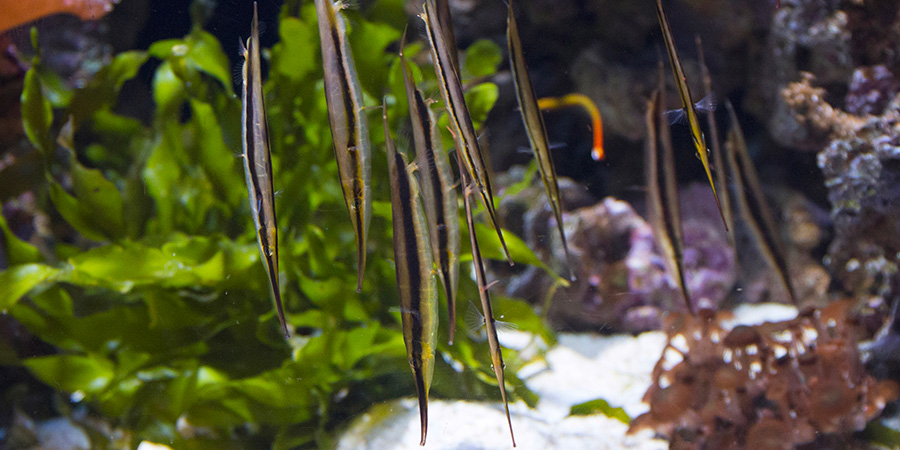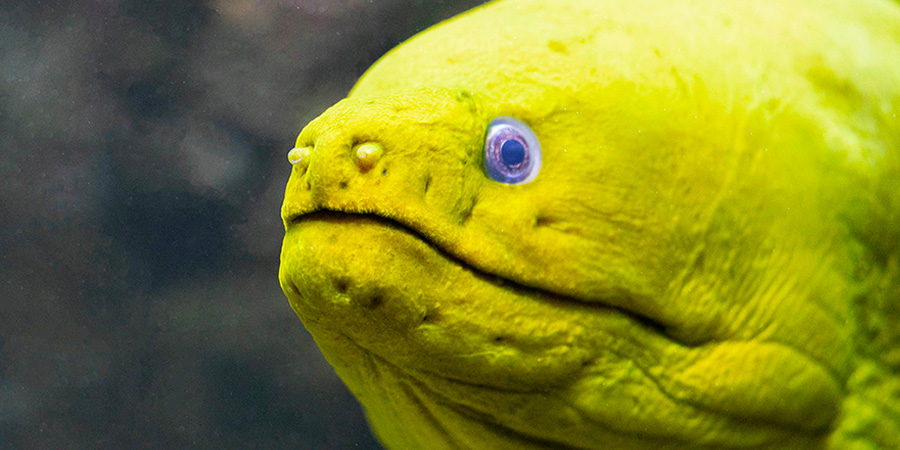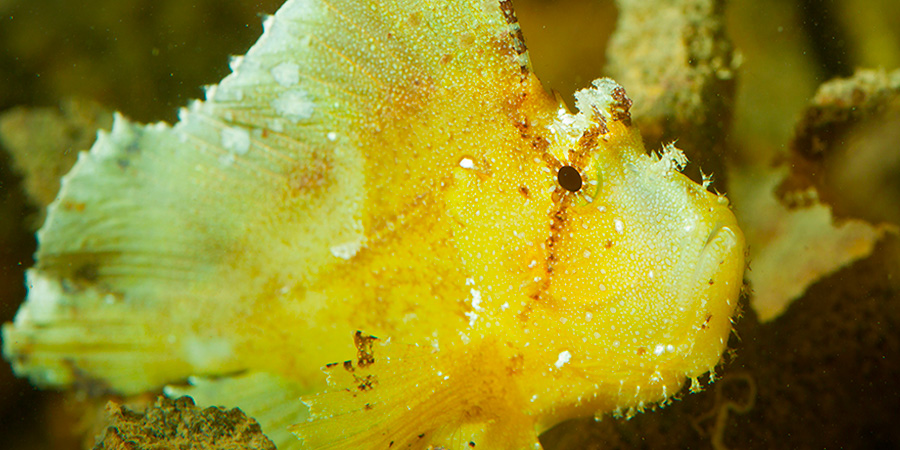
Scientific name : Taenianotus triacanthus
Family : Scorpaenidae (scorpionfish, rockfish, stonefish… 231 species)
Size : Up to 10 cm
Distribution : Indo-Pacific Ocean, from Mozambique to French Polynesia
Biology : This scorpionfish is an ambush predator that catches shrimps and small fish flowing past it. Its outstanding camouflage allows it to blend in with corals and seagrass beds. It even makes gentle sideways movements to simulate backwash waves.
IUCN status : Least concern

